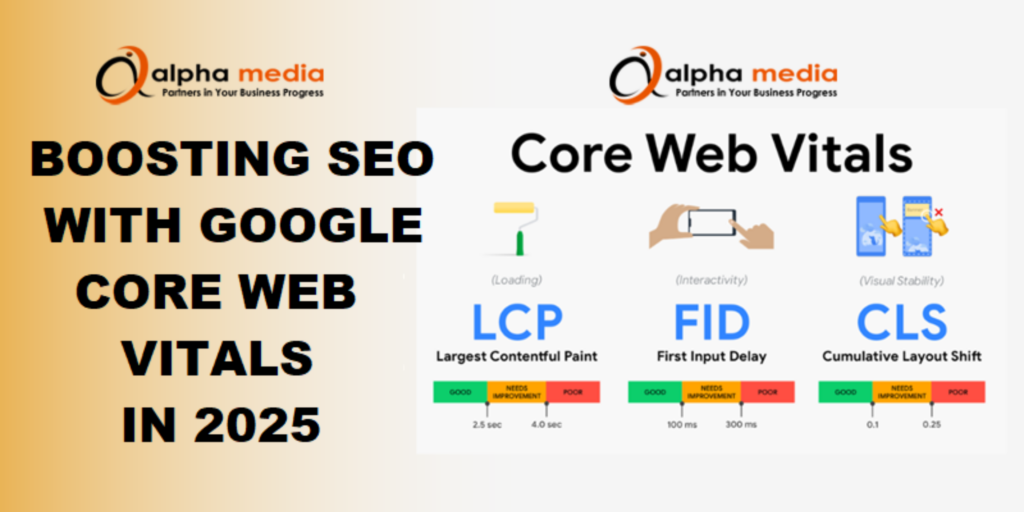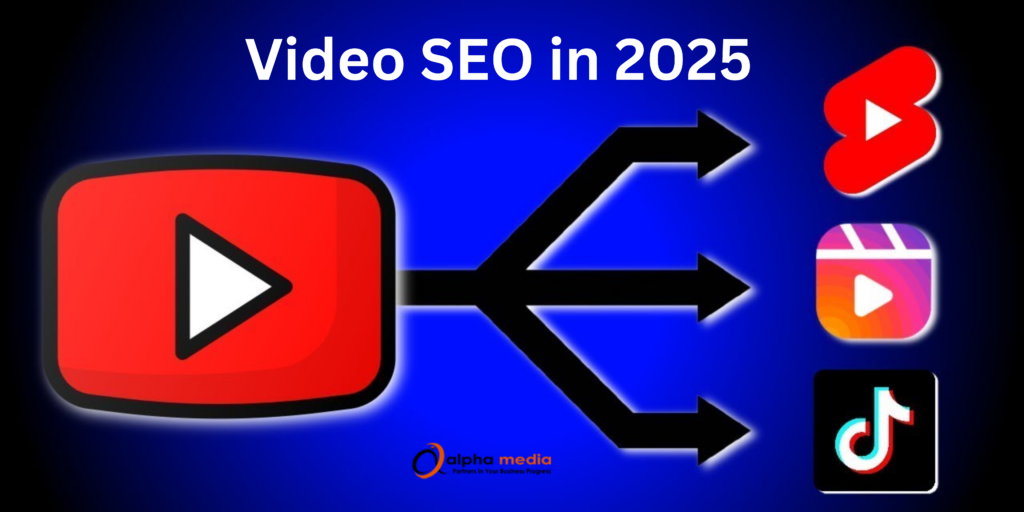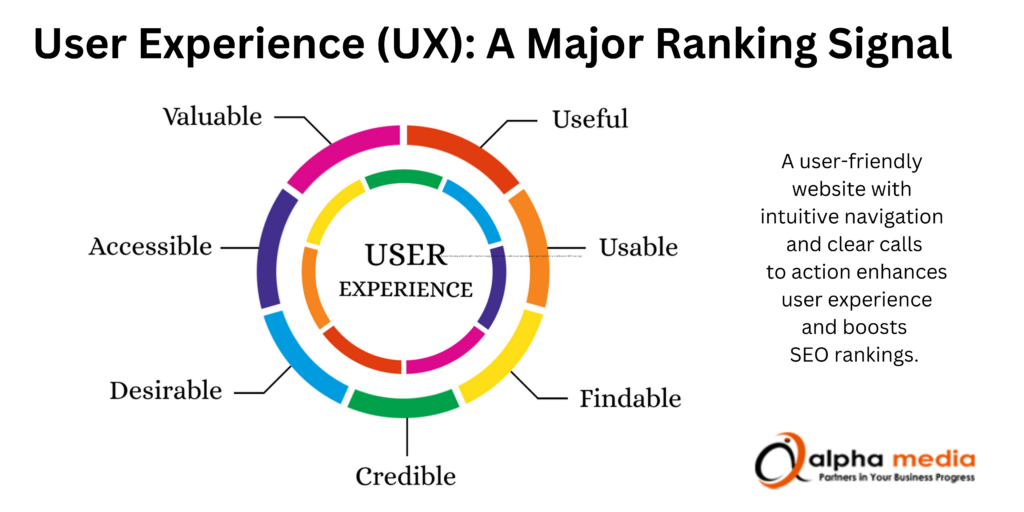Top 8 SEO Trends in 2025: Increase Organic Traffic & Boost Your Rankings
The digital world is evolving rapidly, and staying ahead in the Search Engine Optimization (SEO) game is more critical than ever. What worked yesterday might not guarantee success tomorrow. To stay ahead of the curve and maintain a strong online presence, businesses must adapt to the latest SEO trends. In this post, we’ll delve into the key factors that will shape the future of search in 2025.
1. The Rise of AI in SEO
Artificial Intelligence (AI) is transforming SEO strategies by streamlining processes and enhancing user experience.
- AI-Powered Content Creation: Tools like Jasper (https://www.jasper.ai) and Copy.ai (https://www.copy.ai) assist marketers in generating drafts, refining content, and creating personalized messaging.
- AI-Driven SEO Audits: Platforms like SEMrush (https://www.semrush.com) and Screaming Frog (https://www.screamingfrog.co.uk) now leverage AI to identify technical SEO issues such as broken links, slow page speed, and mobile-first indexing errors.
- Predictive Analytics: Tools like Google Trends (https://trends.google.com) and Clearscope (https://www.clearscope.io) analyze user behavior to predict search trends.

Fact: According to a report by Grand View Research, the AI market in marketing is projected to reach $107.5 billion by 2028.
2. Core Web Vitals: The Foundation of SEO Success
Core Web Vitals remain a cornerstone of Google’s ranking criteria, emphasizing user experience.
Key Metrics:
- Largest Contentful Paint (LCP): Ensure content loads within 2.5 seconds.
- First Input Delay (FID): Aim for interaction readiness under 100 milliseconds.
- Cumulative Layout Shift (CLS): Keep layout shifts below 0.1.
Optimization Tips:
- Use tools like TinyPNG (https://tinypng.com) to compress images without quality loss.
- Minimize JavaScript and CSS with plugins such as WP Rocket (https://wp-rocket.me).
- Leverage a Content Delivery Network (CDN) like Cloudflare (https://www.cloudflare.com) for faster loading.

Fact: Websites meeting Core Web Vitals benchmarks see a 24% reduction in abandonment rates.
3. E-A-T: Expertise, Authoritativeness, Trustworthiness
Google’s focus on E-A-T ensures that only credible sources rank high for queries, especially in YMYL (Your Money or Your Life) niches.
Key Steps:
- Building Expertise: Publish well-researched, insightful content written by industry experts.
- Enhancing Authority: Secure mentions and backlinks from reputable sites like Forbes (https://www.forbes.com) and Entrepreneur (https://www.entrepreneur.com).
- Establishing Trust: Implement HTTPS and display customer testimonials.

Tip: Tools like Ahrefs (https://ahrefs.com) help identify high-authority backlink opportunities.
4. Mobile-First Indexing: A Non-Negotiable
With Google’s mobile-first indexing, your site’s mobile version is now the primary consideration for rankings.
Key Actions:
- Responsive Design: Use frameworks like Bootstrap (https://getbootstrap.com) for cross-device functionality.
- Mobile Speed: Test with Google PageSpeed Insights (https://pagespeed.web.dev).
- Content: Write concise, mobile-specific headlines.

Fact: Over 60% of global web traffic comes from mobile devices (source).
5. Video SEO: Visual Content Takes Center Stage
Video content is booming, with platforms like YouTube, Instagram and TikTok leading the charge.
Key Strategies:
- Keyword Optimization: Use VidIQ (https://vidiq.com) to optimize titles and descriptions.
- Engaging Content: Capture attention within the first 10 seconds.
- Cross-Promotion: Leverage platforms like YouTube (https://www.youtube.com) and TikTok (https://www.tiktok.com).

Fact: 86% of businesses use video as a marketing tool (source).
6. Voice Search Optimization: The Conversational Revolution
Voice search continues to reshape query patterns with smart assistants like Alexa (https://developer.amazon.com/alexa).
Tips:
- Focus on natural language and long-tail keywords.
- Update local listings on Google My Business (https://www.google.com/business/).

Fact: 50% of searches are projected to be voice-based by 2025 (source).
7. User Experience (UX): A Major Ranking Signal
Google prioritizes websites that deliver an excellent UX.
Optimization Ideas:
- Website Speed: Use GTmetrix (https://gtmetrix.com) for performance analysis.
- Navigation: Simplify menus for easier navigation.

Fact: 40% of users abandon a site that takes over 3 seconds to load (source).
8. Local SEO: Capturing Nearby Audiences
Local SEO is vital for businesses targeting specific regions.
Key Steps:
- Update your Google My Business profile (https://www.google.com/business/).
- List your business on directories like Yelp (https://www.yelp.com) and Foursquare (https://foursquare.com).

Fact: 93% of consumers use online searches to find local businesses (source).
The SEO landscape in 2025 will emphasize user experience, authenticity, and technological advancements. By staying informed about the latest trends, embracing new technologies, and prioritizing user experience, you can ensure your website remains competitive and continues to attract organic traffic.
For more insights, visit alphamedia.in.



